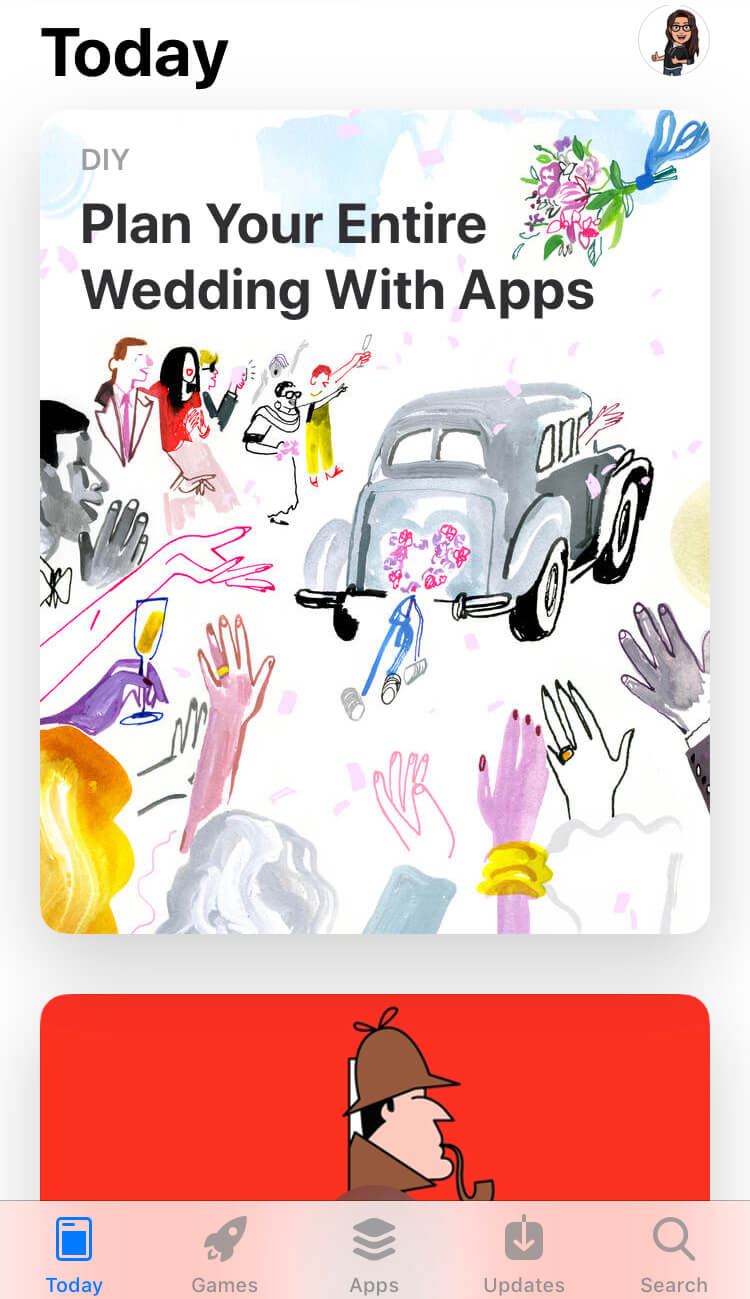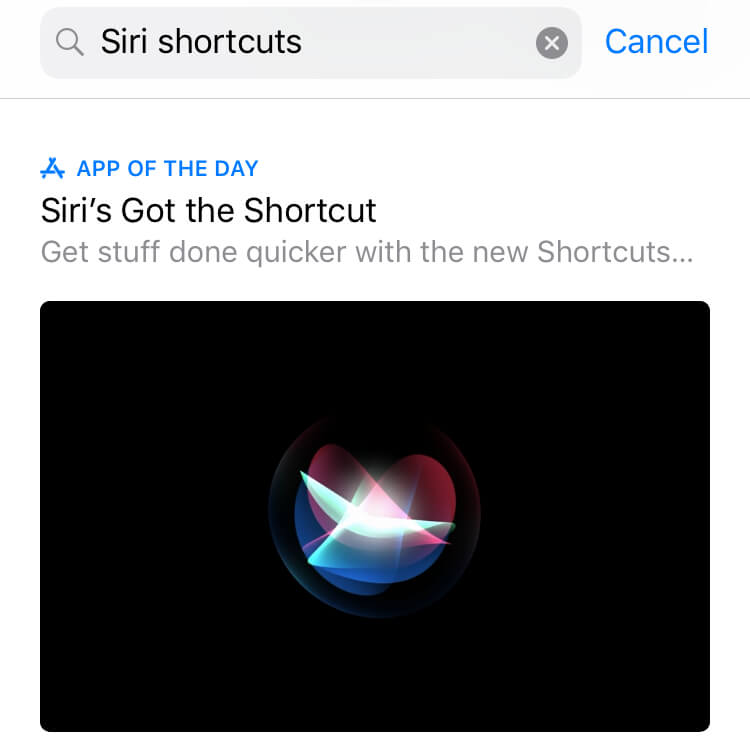How to Get your App Featured on the iOS App Store
October 20th, 2018

It’s safe to say that app developers would love getting their app featured on the App Store. It’s well-known that being featured can help improve an app’s visibility and increase its downloads. Apple features curated content on anything from brand-new games and apps to developer stories that give a behind the scenes look at app development. But, are there any steps app developers should take to help their app get featured? Does being featured all hinge on following ASO best practices, or are there other tips and tricks to developers’ disposal? Tips for Getting Featured Before the app is even released, developers are likely wondering what they can to do get a leg up on their competition. They need to remember that there are thousands of apps being submitted to the App Store every day, making for a hugely competitive landscape. Users are actively searching for new apps, and Apple has recently stated that now 70% of downloads come from search. However, nearly 21% of installs come from users that discover an app through being featured. Being featured helps apps become more visible, but there are tips developers can follow to achieve a coveted spot on Apple’s featured apps list.
Optimize the App’s Metadata & Creatives
Having an ASO strategy in place greatly helps apps as it increases an app’s visibility in the App Store. Developers need to break down each piece of metadata in addition to optimizing their icon, screenshots and preview video to successfully convert users. While getting started with ASO isn’t easy, having this strategy in place is highly beneficial for visibility. Developers can utilize best practices such as:
- Targeting the right audience
- Optimizing targeted keywords
- Developing well-done creatives
- Incorporating a paid campaign
- Avoiding Black Hat practices
By following these tips, developers are already taking a step in the right direction to getting their app featured on the App Store as they’re optimizing the product page. Their app’s product page is just one of the many factors that App Store editors take into consideration when determining who to feature.
Tell a Story
The release of iOS 11, which featured a complete App Store redesign and the separation of apps and games, truly introduced more curated content with the addition of the Today tab. Apple started focusing on the stories that apps, games, and developers had to tell and wanted to share those stories with users.  There are a variety of reasons why an App Store editor might choose an app to be featured, but Apple ultimately wants apps that tell a story. If developers have a unique story, they can submit a request to be featured. However, they should note some additional factors that editors consider when choosing which app or game to feature:
There are a variety of reasons why an App Store editor might choose an app to be featured, but Apple ultimately wants apps that tell a story. If developers have a unique story, they can submit a request to be featured. However, they should note some additional factors that editors consider when choosing which app or game to feature:
- User interface design
- User experience
- Apps that are innovative
- Localized content
- Well-integrated features
- Uniqueness
- App’s product page
- Gameplay and user engagement
- Graphics and performance
- Gameplay controls
- Narrative and story
Keep User Reviews & Ratings High
Nearly 59% of users check user ratings and reviews before they install an app. If users see that an app has low ratings and negative reviews, they’re less likely to install it. That’s why developers need to keep users happy, so Apple can see that the app is well-received and liked by its audience. Having a 4.5-star rating vs a 4-star rating can mean a huge difference when an App Store editor is deciding on what apps/games to feature next. 
Localize the App Build, Metadata, & Creatives
Localization is a process that developers need to follow if they’re releasing their app in multiple territories. Keep in mind that an app released in the US shouldn’t feature only English in the build if it’s released in France as well. The same goes for the metadata and creatives that are on its product page. Developers will need to localize their app build, metadata and creatives so the information is presented in a familiar, natural way for users of that territory. By successfully localizing an app, developers are expanding their reach past just their native territory to expose their app to additional new users.
Make the App Universal & Native
Making an app universal means that it’s available for both iPhone and iPad. There are times that users are disappointed that their favorite app is only available on one device but not the other. By creating the app for multiple types of devices, it casts a wider net of users that are capable to install. Additionally, Apple is more likely to feature an app that is exclusive for iOS. If there is a native app, it means that it was written only for iOS devices. The UX of the app is meant to compliment and work better on those specific types of devices, which leads to a higher quality user experience. Having an app that works great and is well-received by users is a key factor to getting featured.
Integrate the Latest iOS Features
Apple is frequently updating their products and OS to add new features to expedite or help users’ daily lives. Developers will need to stay up-to-date on the latest features and work on incorporating them into their apps. For instance, with the release of iOS 12, it introduced Siri Shortcuts. If users are searching for apps that include these shortcuts, developers can work on building relevancy for keywords that users are likely to search for. In turn, their app is more likely to appear for it in a search query. 
Pay Attention to What Apps/Games are Being Featured
Developers should stay up-to-date on what types of games and apps are being released, especially if they’re within the same app category. Some apps and games are lucky to be featured multiple times, but that shouldn’t discourage developers. Monitoring the competition is key not only for their ASO strategy but also for learning if Apple is promoting on a specific app genre. If a developer has a music app but notices that more self-help or healthy lifestyle apps are being featured, they may want to file a request to be featured because their app includes peaceful meditation music. Timing doesn’t necessarily guarantee that an app will be featured, but it can certainly get the app noticed.
Don’t Slouch After Being Featured
Earning a seat on Apple’s featured list is huge because it places the app in front of millions of users without them searching for it. However, let’s say that unexpected bugs were to come due to higher installs, which leads to negative reviews and ratings. Developers can’t sit idly by after their app is featured and must maintain their ASO strategy, which includes managing their user reviews and ratings. If they slip up and stop utilizing ASO best practices, being featured on the App Store can suddenly become a one-time thing. Developers want to avoid the worst-case scenario, which is why they’ll need to stay on their A-game before and after their app is featured on the App Store. They’ll need to continually observe their competition and work on updating their app build, metadata and creatives to ensure that they’re up-to-date on user trends and behavior. Don’t make being featured a one-and-done – always strive for being featured on the App Store to expose the app to new and old users. Want more information regarding App Store Optimization? Contact Gummicube and we’ll help get your strategy started.

